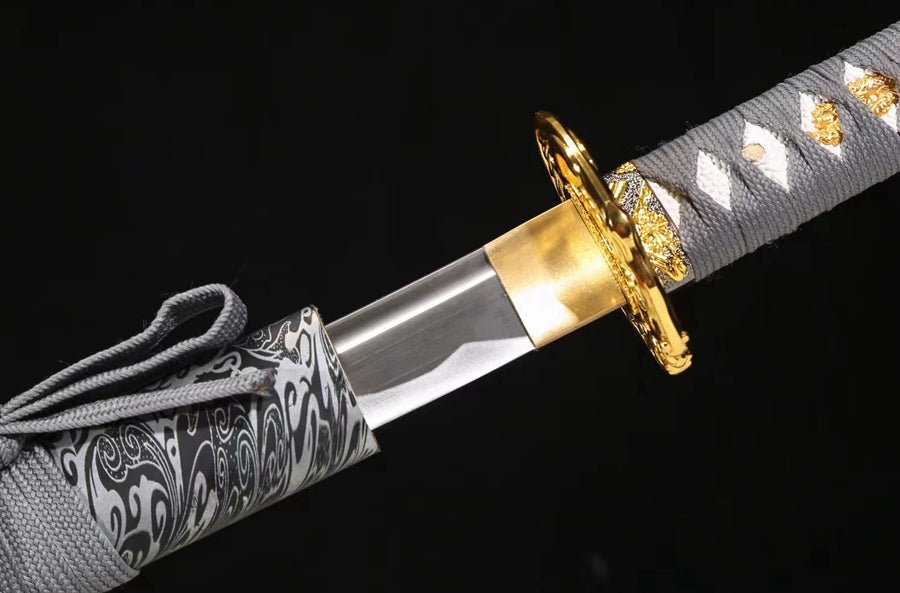The Masterful Craftsmanship of Kagemitsu: A Journey Through History
Kagemitsu, a renowned swordsmith from the Osafune school in Bizen Province, made significant contributions to the art of Japanese sword-making during the late Kamakura period (13th to 14th century). He was the son of Nagamitsu, another legendary swordsmith, and inherited his father's dedication and skill, eventually surpassing many of his contemporaries in craftsmanship and artistry.
A Legacy of Excellence
Kagemitsu's swords are celebrated for their exceptional quality and unique features. His blades often display a distinctive "kataochi gunome" hamon, a temper line resembling the teeth of a saw, which became a signature of his work. This feature is particularly noticeable in his tanto (short swords), making his creations easily recognizable and highly prized by collectors and historians.
Kagemitsu's works include several national treasures and important cultural properties, highlighting his significant impact on Japanese sword-making. His mastery of the "suguha" hamon, a straight temper line, combined with intricate carvings and a refined blade shape, exemplifies the high level of skill and artistry he achieved. These characteristics make his swords not only functional weapons but also exquisite works of art.
The Influence of the Osafune School
The Osafune school, known for producing some of the finest swords in Japan, greatly benefited from Kagemitsu's innovations and techniques. His contributions helped shape the school's reputation for excellence, influencing subsequent generations of swordsmiths, including his son Kanemitsu, who continued the family's legacy well into the Nanbokucho period.
Kagemitsu's blades are noted for their fine grain patterns (ko-itame and mokume hada), which are achieved through meticulous folding and forging techniques. These patterns, along with the presence of midare-utsuri (a shadowy pattern on the blade), are hallmarks of his superior craftsmanship and attention to detail.
Historical Significance
Kagemitsu's swords were not only revered for their beauty and craftsmanship but also for their performance in battle. Warriors and samurai who wielded his blades appreciated their sharpness, durability, and balance, which often gave them an edge in combat. The legacy of Kagemitsu endures through these historical artifacts, which continue to be admired and studied for their technical brilliance and artistic merit.
Conclusion
Kagemitsu's contributions to Japanese sword-making during the late Kamakura period solidified his place among the greatest swordsmiths in history. His innovative techniques and distinctive styles have left an indelible mark on the art of sword-making, ensuring that his legacy will be remembered and revered for generations to come.

